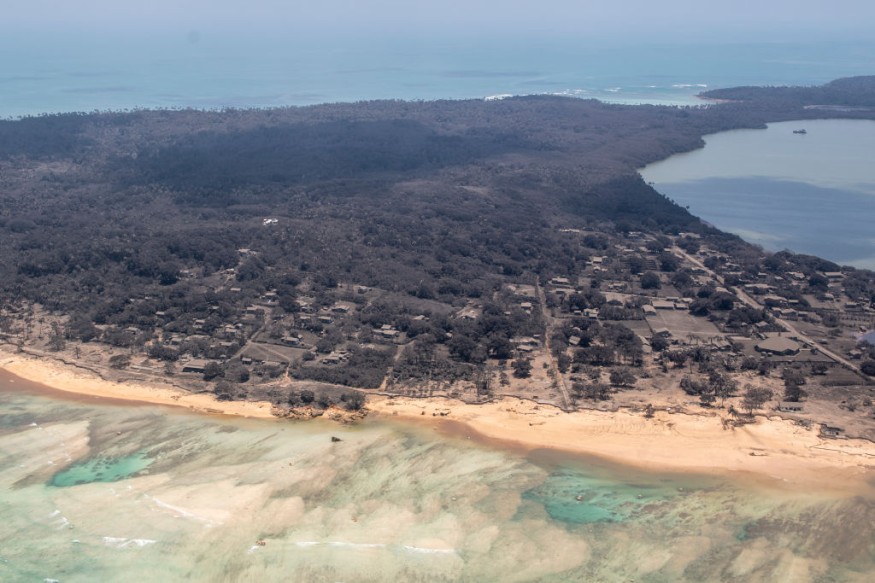Science classes had told us that tsunamis are caused by earthquakes, at least most of them do. However, this disaster may also be triggered by landslides or volcanic eruptions. In fact, about 15% of tsunamis are caused by them.
For instance, the enormous eruption of the underwater volcano in Tonga, Hunga Tonga-Hunga Ha'apai stirred up a tsunami that reached countries all around the Pacific rim, even causing a disastrous oil spill along 21 beaches in Peru. Waves reached about 2 meters high and waves of up to 15m hit the west coasts of Tongatapu Islands, 'Eua, and Ha'apai Islands.
Moreover, experts suggest that climate change doesn't just affect the atmosphere and oceans, but also affects the Earth's crust. Which is why climate-linked geological changes such as collapsing ice shelves and sea level rise boosts tsunami threat.
Five ways climate change increase tsunami threat

Rising sea levels is an obvious factor that increases the possibility for tsunami to occur, even at a modest rate. A 2018 study suggests that only a 50-centimeter rise would double the frequency of tsunami-induced flooding in Macau, China. The impact tsunamis have today could be larger if greenhouse gas emissions remain at high rates.
Aside from that, the warming climate can also increase the risk of both underwater and aerial landslides, thus increasing the risk of local tsunamis.
In addition, the climate crisis makes soil stability vulnerable to erosion and landslides due to melting of permafrost, and intense rainfalls and storms. Although tsunami waves generated from it are not as large as those generated by earthquakes, they can still lead to huge waves locally.
Third, glacier calving and collapsing ice shelves caused by global warming contribute to tsunami risk from the calving and breakup process. In addition, wandering icebergs can trigger submarine landslides and tsunamis even miles away from the iceberg's original source.
Melting ice also triggers a dramatic increase in volcanic activity, associated with tsunamis.
More importantly, increased frequency of earthquakes is also influenced by climate change such as melting glaciers reducing the stability of faults, and low air pressure associated with storms and typhoons triggering earthquakes in areas where the Earth's crust is already under stress.
Inclusion of tsunami preparedness in mitigation strategies
Climate change has always been a root and large factor in most disasters the Earth experiences. It is important that mitigation strategies for climate change should incorporate methods to improve tsunami preparedness.
This includes incorporating projected sea level rise into tsunami prediction models, and in building codes for infrastructure along vulnerable coastlines, especially that coastal communities are more vulnerable to it. As per researchers, even modest rises in sea level should be accounted for as it dramatically influences frequency and intensity of flooding when a tsunami occurs, as the tsunami can travel further inland.
Other scientific models of climate impacts include the projected increase in earthquakes, landslides and volcanic activity, and the tsunami risk it brings.
© 2025 NatureWorldNews.com All rights reserved. Do not reproduce without permission.





